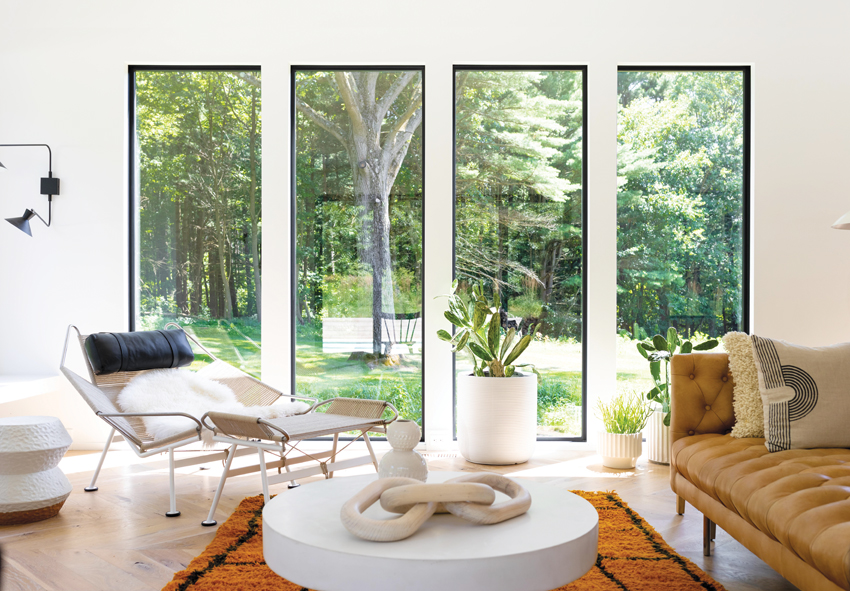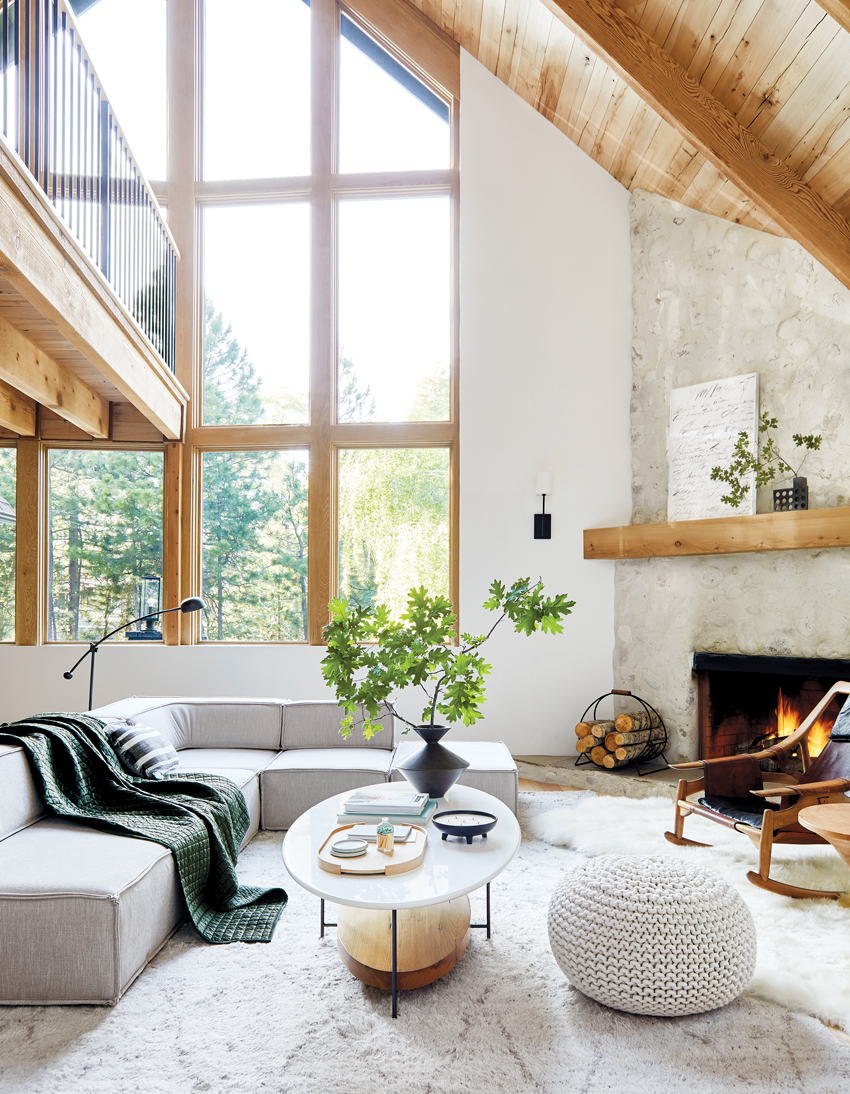Trends in Daylighting and Tunable Lighting
 1 AIA LU/HSW; 1 IDCEC CEU/HSW; 1 GBCI CE Hour; 0.1 ICC CEU; 0.1 IACET CEU*; 1 AIBD P-CE; AAA 1 Structured Learning Hour; This course can be self-reported to the AANB, as per their CE Guidelines; AAPEI 1 Structured Learning Hour; This course can be self-reported to the AIBC, as per their CE Guidelines.; MAA 1 Structured Learning Hour; This course can be self-reported to the NLAA.; This course can be self-reported to the NSAA; NWTAA 1 Structured Learning Hour; OAA 1 Learning Hour; SAA 1 Hour of Core Learning
1 AIA LU/HSW; 1 IDCEC CEU/HSW; 1 GBCI CE Hour; 0.1 ICC CEU; 0.1 IACET CEU*; 1 AIBD P-CE; AAA 1 Structured Learning Hour; This course can be self-reported to the AANB, as per their CE Guidelines; AAPEI 1 Structured Learning Hour; This course can be self-reported to the AIBC, as per their CE Guidelines.; MAA 1 Structured Learning Hour; This course can be self-reported to the NLAA.; This course can be self-reported to the NSAA; NWTAA 1 Structured Learning Hour; OAA 1 Learning Hour; SAA 1 Hour of Core Learning
Learning Objectives:
- Describe the connection between natural sunlight and well-being, and the role of the body’s circadian rhythms in promoting overall health.
- Identify design trends in daylighting and the use of natural light in both residential and commercial projects.
- Discuss innovations in fenestration that are facilitating and/or replicating natural light conditions and diurnal cycles.
- Explain how tunable lighting can impact the well-being of building occupants by mimicking natural light conditions.
This course is part of the Custom Home Academy
Circadian rhythms regulate body processes and contribute to overall health. They are in part reliant on cues from the natural environment, particularly cycles of daylight and darkness. However, modern lifestyles and the built environment can interrupt these natural cycles by either introducing too much artificial light at the wrong time or depriving people of sunlight.

Photo: 22 Waves Creative
Exposure to natural light is essential for human health and well-being.
Designers can help ensure that occupants of both residential and commercial buildings have access to natural light throughout the day. That said, sometimes there is simply not enough natural light available; in these cases, research is showing that artificial lighting can play a role by mimicking natural sunlight. This course will describe the latest trends in fenestration that combine both high-performance glass and tunable LED lighting to help create indoor environments that promote health and well-being.
Circadian Rhythms and Natural Light
Circadian rhythms are physical, mental, and behavioral changes that follow a daily cycle. These cycles are set by a “master clock” in the brain and respond primarily to light and darkness in an organism's environment.
Most living creatures, from whales to plants to bacteria, have some sort of master clock. In mammals, it is called the suprachiasmatic nucleus. Located in the hypothalamus of the brain, this group of cells helps regulate many of our daily cycles, including sleeping, eating, and hormone fluctuations.
The clock is generated internally, but it relies on signals from the external environment to synchronize it. Light is the primary cue governing our sleep and wake cycles.
The circadian cycle is close to but not precisely 24 hours; consequently, the biological clock must be reset every day to sync with the earth’s rotation and periods of day and night. The amount and quality of light exposure depends on geographic location, a person’s immediate environment, and a person's behavior. In addition, every individual person’s biological clock (and sensitivity) is slightly different.1
You likely recall that the eye contains special receptors called rods and cones, which enable us to detect light and color. The retina also contains a third type of photo-sensitive cell that is directly tied to the master clock. These cells are most sensitive to short wavelengths in the blue region of the light spectrum.
When light enters the eye, these receptors send neurological signals to the suprachiasmatic nucleus, or SCN, via the optic nerve. The SCN communicates information about light and dark to the pineal gland. Located deep within the brain in a region called the epithalamus, the pineal gland is primarily responsible for the production of melatonin.
Melatonin can be thought of as the “sleep hormone,” as it helps regulate cycles of sleep and wakefulness. When light is present, the SCN sends a signal to the pineal gland that interrupts melatonin production. When light is absent, the SCN secretes a substance called glutamate, which triggers a series of actions that result in melatonin production.
Production of melatonin ramps up after the sun goes down, and levels remain elevated throughout the night. Production drops off as soon as the sun comes up and morning light hits the retina.
The SCN also sends signals to other parts of the brain to regulate body temperature and the production of other hormones, including cortisol. Sometimes called the “stress hormone,” cortisol is correlated with alertness or wakefulness, while melatonin levels correlate with feelings of sleepiness. Hence, when melatonin levels peak at night, body temperature and cortisol levels are low; conversely, when body temperature and cortisol levels rise in the morning, melatonin levels dip.2
Melatonin levels also wax and wane on a seasonal basis. As day length increases in spring and summer, levels fall; in fall and winter, with the lengthening nights, melatonin levels increase.
Once melatonin is secreted from the pineal gland, it travels through the bloodstream (and via fluid surrounding the brain and spinal cord) to various tissues throughout the body. Melatonin receptors are not only found in many areas of the brain but also in the cells of the immune system, gonads, kidney, and cardiovascular system.
Melatonin helps synchronize the circadian rhythms with the environment and the body. In addition to regulating metabolism and sleep patterns, the circadian system influences important functions such as heart rate, blood pressure, body temperature, hormone levels, and urine production.3
Because of its role in regulating sleep, melatonin can be used to treat sleep disorders and reset the biological clock after a major disruption, such as an overseas flight.
Melatonin has been linked to cardiovascular health; it is also an antioxidant, which “scavenges” free radicals and protects other cell products from damage. Melatonin has even been shown to help fight cancerous tumors at the cellular level.

Photo: Sara Tramp
Exposure to daylight at the right times can promote both wakefulness during the day and quality sleep at night.
Natural light, Vitamin D, and Seasonal Affective Disorder (SAD)
Natural light is key to regulating the production of melatonin. It also plays a role in mood and health by catalyzing chemical reactions, including the production of vitamin D.
People obtain vitamin D either through food or when ultraviolet rays activate a vitamin D precursor under the skin. The effectiveness of sunlight on metabolizing vitamin D depends on the length of exposure, season, latitude, and the person’s race.4
Inadequate levels of vitamin D may contribute to disorders and diseases such as cancer, osteoporosis, cardiovascular disease, and diabetes; in addition, vitamin D deficiency may play a role in depression and other mood disorders, including seasonal affective disorder, or SAD.
SAD is a mood disorder linked to shortened daylength. People with SAD experience lethargy, irritability, depression, weight gain, and other unpleasant symptoms, which usually dissipate with lengthening days in spring. People with SAD often have low levels of vitamin D, and light therapy can help alleviate the symptoms.
When it comes to vitamin D production, the body responds more strongly to daylight than to artificial lighting. Daylight includes the full spectrum of wavelengths; by contrast, artificial lighting typically does not include shorter wavelengths.
The Toll of Modern Life on Our Circadian Cycles
Not so long ago, human activity was dictated by the sunrise and sunset. While people have long used fire and fuel lamps to extend productivity before and after dark, it was not until the advent and spread of electric lighting that we seriously began to subvert the natural cycles of day and night.
Modern lifestyles and artificial lighting can potentially disrupt the body’s normal rhythms, particularly sleep cycles, with negative consequences to health and well-being.
Shift work has become commonplace. Though it was adopted first in the manufacturing sector, the service industry has come to rely on shift workers, as restaurants, fast food chains, and even fitness centers expand their hours, with some open 24 hours a day.
According to the Bureau of Labor, about 15 percent of full-time wage and salary workers in the United States work shifts outside the traditional daytime schedule. Most shift workers are in service jobs and include firefighters and police officers, cooks and servers, health-care workers, and truck drivers.5
At least a quarter of these shift workers experience symptoms of “shift work disorder”—for example, excessive sleepiness and/or insomnia—and shift work can impact safety and performance as well as physical and mental health.
Shift work is hard on people because the body and the person’s environment are sending conflicting signals. The master clock, responding to ambient light levels, signals the body to be alert during the day, when this is the time a night shift worker must sleep. Similarly, the body’s clock sends signals at night that it is time to sleep—exactly the wrong message a shift worker needs to stay alert on the job.
In 2019, the International Agency for Research on Cancer (IARC) concluded that night shift work that involves circadian disruption is “probably carcinogenic to humans, based on studies involving both animals and humans.6 Despite this, it should be noted that currently there is no clear consensus on the link between night shift work and cancer. While some studies, such as one conducted in Poland from 2015 to 2019, showed a significant increase in the risk of breast cancer among night shift workers, others, including a 10-year study involving more than 100,000 women in the United Kingdom, showed no link at all.7, 8
Bright Skies at Night
Shift workers are not the only people who experience circadian disruption. Our skies are no longer dark at night. With the plethora of streetlights, signs, billboards, security, and porch lights, it is often impossible to escape light pollution. In fact, more than 80 percent of the world’s population lives under skies that are nearly 10 percent brighter than they would be normally. The problem is worse in industrialized countries, with 99 percent of Europeans and Americans living under light-polluted skies.
Much artificial lighting has been converted to fluorescent lamps and/or light-emitting diodes, or LEDs. While this is certainly good news for improving energy efficiency, both emit a high percentage of blue light.
In addition, most of us spend hours in front of screens, which also emit short-wave blue light. While light of any kind can suppress the secretion of melatonin, blue light at night does so more powerfully. Exposure to this type of light at the wrong time—say, right before bedtime—can slow or even prevent melatonin production and prevent us from getting a good night’s sleep.
In one study, participants who read from eBooks and other light-emitting devices right before bed took longer to fall asleep than those who read traditional printed books. These people also had reduced melatonin secretion, and the timing of their circadian clocks shifted forward, causing them to be less alert the next morning.9 Even more troubling, studies have linked hormone-dependent cancers to exposure to light in the blue spectrum at night.10









